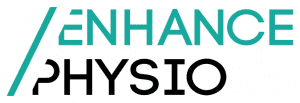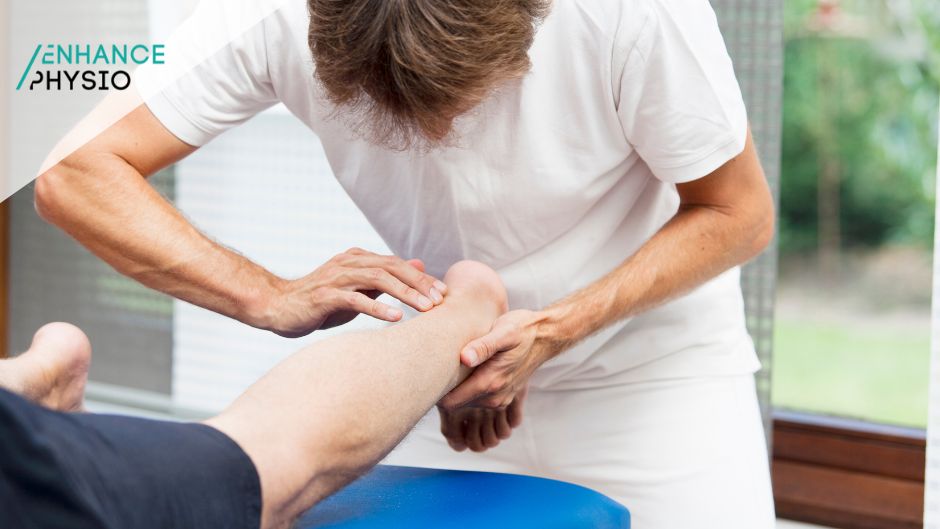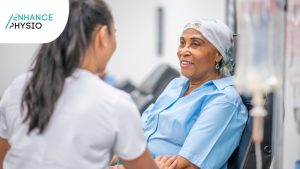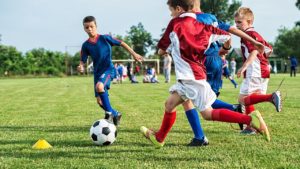Have you ever injured your Achilles tendon? This can be a painful and debilitating injury that could leave you unable to move your foot. Depending on the extent of the injury, it may require surgical repair followed by specialised rehabilitation.
If you have sustained an Achilles tendon injury that requires surgery, you must begin rehabilitation training immediately after surgery for successful recovery.
If not treated properly, the damage can have long-lasting effects on your health. Fortunately, there are several physiotherapy treatments available that can help you recover quickly.
What is an Achilles tendon?
The Achilles tendon is a resilient band of connective tissue that binds your calf muscles to the bone in your heel. The Achilles tendon is the strongest tendon in the lower limb and provides a tremendous amount of power for running, jumping and changing direction.
The Achilles tendon is particularly vulnerable to two primary injuries: Tendinopathy and tearing/rupturing of the tissue. On infrequent occasions, Peritendinitis or Retrocalcaneal Bursitis may occur as well.
What is an Achilles tendon rupture?
An Achilles tendon rupture is a complete tear caused by stretching the tendon beyond its capacity.
Forceful jumping or pivoting, as well as sudden accelerations of running, can cause the tendon to overstretch and tear.
Achilles ruptures are a common traumatic injury in running, acceleration-based sports, including athletics, rugby, AFL and netball. The Achilles ruptures with a sudden push-off mechanism when sprinting or changing direction.
Slipping or tripping can cause damage to the tendon, and Achilles tendon ruptures usually occur amongst those known as “weekend warriors”, namely middle-aged individuals playing sports in their leisure time.
Less frequently, ailments or drugs (like some antibiotics or steroids) can weaken the tendon and cause ruptures.
Patients often describe sudden pain and being kicked in the back of the leg or calf, only to see no one behind them. This is a cardinal sign of an Achilles rupture.
Achilles ruptures can be managed surgically or non-surgically. This decision is based on any medical history and other medical conditions, age, location of the tear and the goals of the injured person or athlete.
Achilles tendon repair and rehabilitation management
Surgery is the most common management method for younger, athletic patients with goals of returning to their sport as it promotes a quicker return to play. After surgery to repair the torn tendon, patients are placed in a cast for two weeks, followed by a CAM boot (moon boot) for 6-8 weeks with a series of heel wedges to reduce the stretch on the Achilles and allow it to heal in a shortened position. Weight-bearing is gradually increased over this time. If the Achilles is allowed to heal in a stretched position, this reduces the tendons’ tensile strength, increasing the risk of re-rupture and reducing calf power in the long term. This is why Achilles surgery must be done immediately after injury to achieve the best outcome.
For older patients (40-50+), those with other medical conditions (such as diabetes) or those with no goals of returning to the sport, non-surgical management may be an option. This is best to be discussed with an orthopaedic specialist before following this management pathway. The patient is placed in a CAM boot immediately after injury with multiple heel wedges to shorten the Achilles and promote better healing. This is progressively weaned (reduced), generally over 2-3 months (dependent on your surgeon’s advice and protocol).
After this period, a 6-9 month rehabilitation program is undertaken to restore range of motion, endurance, strength, and power, return to running and finally, return to sport-specific activities for athletes. This is best to be done with the guidance of your physio to make sure you rebuild the required strength and power in the Achilles tendon and calf to return to sport.
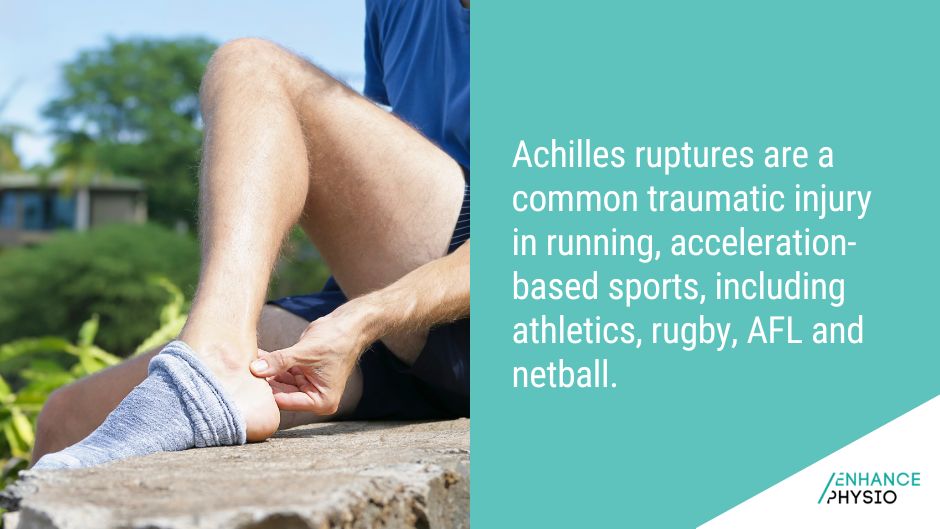
How long does it take to recover from Achilles tendon repair surgery?
After a successful Achilles tendon repair, patients will typically be immobilised for 3-4 weeks and unable to bear weight using crutches. Generally, it takes 6-9 months to resume all activities, such as running or jumping.
Once the initial period of immobilisation and weight-bearing has passed, a 6-9 month rehabilitation program should be followed to restore range of motion, endurance, strength and power. This will allow for a safe return to running and, eventually, sport-specific activities.
The program should include progressive strengthening exercises targeting the calf and Achilles’ muscles.
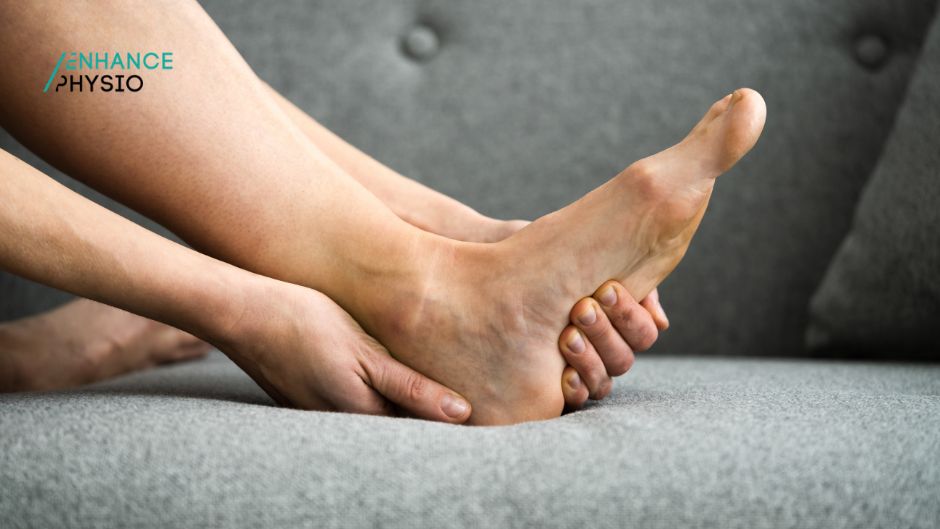
Final thoughts on achilles tendon repairs and rehabilitation
Achilles tendon repairs and rehabilitation isn’t something that should be taken lightly. From surgical interventions to rehabilitation protocols, understanding the various options available is critical in helping you make the right decisions regarding your treatment plans.
Achilles tendon repair and rehabilitation are crucial in returning to everyday activities. The right combination of exercises and treatments can help restore your comfort in a few weeks or months.
